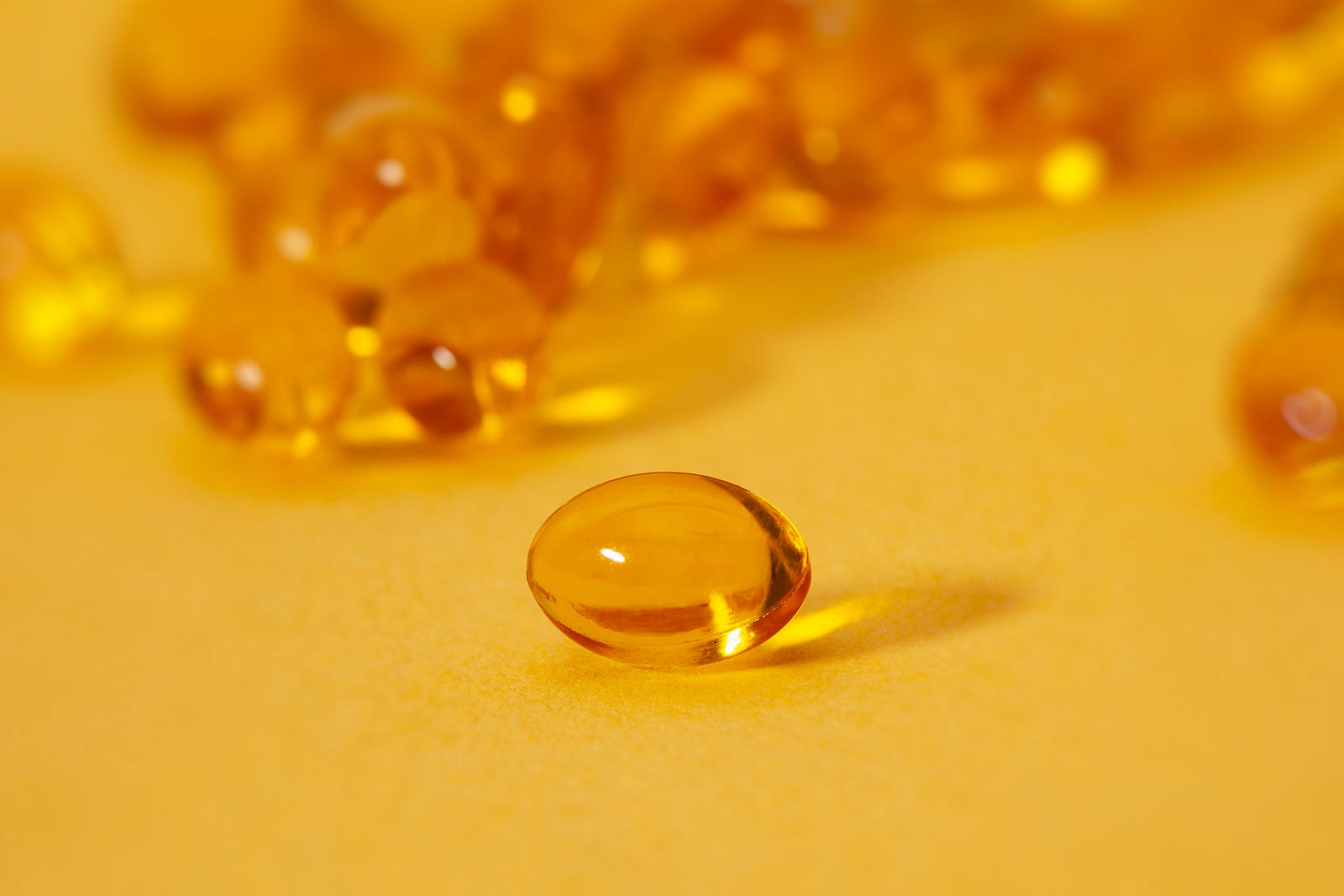VITAMIN D DEFICIENCY INCREASES THE RISK of muscle loss by a relative 78 percent. Today we explore the relationship between vitamins and muscle.
Vitamin D insufficiency is common, with more than half of the world population being deficient in blood levels of 25-hydroxyvitamin D, at least in winter. Today we explore the relationship between vitamins and muscle.
For older adults, the risk of vitamin D insufficiency is higher, given chronic disease, medicines, functional limitations, less sunlight exposure, and a lower ability to make 7-dehydrocholesterol in this group.
7-DHC is a cholesterol precursor in the blood and is photochemically converted to vitamin D3 in the skin; functionally, 7-DHC is provitamin D3.
Age-related muscle loss comes with perils. First, it can make our tasks of everyday living more challenging, raising the risk of injury. A new study suggests that you should ensure vitamin D levels to reduce your risk of significant muscle loss.

For the study, researchers enrolled 3,205 United Kingdom adults at least 50. Here are the results:
After four years, those who were vitamin D deficient were 1.7 times more likely to suffer muscle loss. After adjusting for vitamin D supplementation and osteoporosis, the risk for those with vitamin D deficiency was 1.8 times greater than those getting adequate vitamin D.
Study co-author Tiago da Silva Alexandre, a professor of gerontology at the Federal University of São Carlos (Brazil), had this to say in a news release:
“It’s necessary to explain to people that they risk losing muscle strength if they don’t get enough vitamin D. They need to expose themselves to the sun, eat food rich in vitamin D or take a supplement, and do resistance training exercises to maintain muscle strength.”
Vitamins and muscle: Supplements
I need to say a word or two about association versus causality. Ice cream sales rise in the summer, as do drownings. Did the ice cream consumption cause the drowning? The association does not imply a causal relationship, so I don’t know if increasing your vitamin D will help you to dodge muscle loss.
A meta-analysis suggests we re-consider using vitamin D to promote muscle mass and strength retention. Grove-Laugesen and Rejnmark showed that vitamin D supplementation did not promote muscle health, measured by handgrip strength.
However, many of the studies included in the meta-analysis were small and underpowered, mostly men, and had various methods of analysis, differences in doses, treatment time, and vitamin D mode of administration. Finally, the vast majority (83 percent) of the participants had relatively high vitamin D levels, with serum 25(OH)D sufficiency levels greater than 50.
For me, 1,000 to 2,000 IU of vitamin D does not have many downsides. If you use vitamin D supplements, it is important not to exceed more than 4,000 IU daily. Too much vitamin D can lead to nausea, vomiting, heart damage, kidney stones, etc. With the build-up of vitamin D, you can get calcium-related toxicity.

We have some evidence that muscle and bone tissues are interconnected mechanically and physically but also biochemically (through endocrine and paracrine communication). In this context, vitamin D insufficiency may cause a protein synthesis imbalance that could lead to bone mineral density and muscle mass loss.
Please take care of your muscles: Reductions in muscle mass and strength (dynapenia) are risk factors for disability and mortality later in life.
The information I provided in this blog is for educational purposes only and does not substitute for professional medical advice. Please consult a medical professional or healthcare provider if you seek medical advice, diagnoses, or treatment. I am not liable for risks or issues associated with using or acting upon the information in this blog.
Thank you for reading “Vitamins and Muscle.” One more thing:



